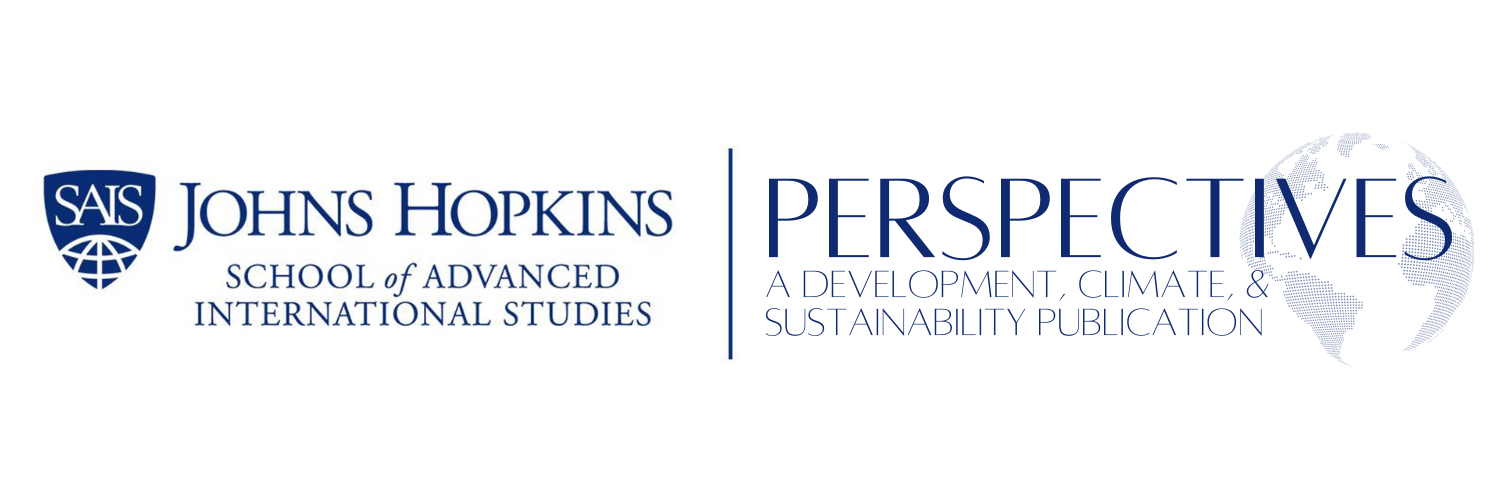BY LAYAN SHAABAN
Layan Shaaban is MAIR student concentrating on the Middle East, sustainability, and security studies.
Yemen: What was once a bustling state on the southern border of the Gulf is now suffering one of the world’s worst humanitarian crises. Since 2014, the country has been embroiled in a three-dimensional dispute that weaves emerging rivalries into a multi-layered power struggle, making the conflict seem intractable. Its economy is shattered, institutions illegitimate, and its people indignant. Despite the fragmented Yemeni economy, there remains the opportunity for sustainable peace and the construction of an inclusive political system.
With a poverty rate of more than 75 percent, deprivation has become the natural state Yemenis live in. Socioeconomic conditions have deteriorated vastly since the start of the violent conflict and a cholera outbreak exacerbated the already poor conditions. Trade disruptions and fuel supply shortages have limited humanitarian activity and obstructed the flow of vital supplies of food and medicine.
The Yemeni society is stuck in a tug-of-war between the stalled peace process and the continuation of violent conflict. Negotiated ceasefires prove unattainable and unsustainable as the current civil war originates in unresolved “historical grievances” that pertain to the power struggle between the north and the south, economic marginalization, and political disenfranchisement. The abounding divisions Yemenis face between geographical, political and religious fragmentation are stalling sustainable development in the country.
Despite the growing international interest in reaching a political settlement that would end the war, one of the biggest challenges is the absence of a common ground of peaceful settlement between the two main parties in the war, the Houthis, and the government of President Hadi. The intransigence of the parties to this conflict and their refusal to make sacrifices to achieve peace has resulted in a Yemeni population that is weak, fragmented, and has a minimal chance for actual political participation. There are unequal costs to the Yemeni conflict where beneficiaries - a blend of the country’s traditional elite and newcomers to the national stage - have exploited the rising instability for economic and political gain.
To achieve sustainable peace, Yemenis must play a prominent and collective role in the process. Economic improvements and developments first depend on a politically secure landscape with the cessation of hostilities and reconciliation through peacebuilding. Building an enduring peace in Yemen needs a phased approach focusing on the immediate needs of the people while addressing the political and economic inequities to assure the prospect of peace. The phased approach channels and doubles down on reconciliation efforts led by the UN that work to preserve Yemen’s “sovereignty and geographic integrity.”
Saleh’s Yemen from 1990 to 2012 created an opportunity for the current leader, Mahdi al-Mashat, and for the population to form a more robust and inclusive political system that aims to expand opportunities for meaningful participation. Yemen has a rich history of informal mediation, which proves a practical starting point for building. The transformation of a new economic system in the country opens new channels of prosperity that were not politically feasible in the past, where change requires a focus on managing Yemen’s hydrocarbon and water resources. Yemen sits on proven hydrocarbon reserves of 3 billion barrels and exporting its crude will encourage investment from foreign companies and will be a leeway for profit.
The restructuring of the economy leads to the nebulous phase of post-conflict elections and the transfer of power from the transitional to the legitimate government. The prevailing Houthi threat should be critically followed, in congruence with the efforts begun in earlier periods, and the focus should be on building healthy democratic institutions.
Sources:
Egel, D., Johnston, T., Rhoades, A. L., & Robinson, E. (2021). Building an Enduring Peace in Yemen: Lessons from Five Years of RAND Research. RAND Corporation. https://www.rand.org/pubs/research_reports/RRA733-1.html.
International Crisis Group. (2021, March 18). The Case for More Inclusive – and More Effective – Peacemaking in Yemen. Crisis Group. https://www.crisisgroup.org/middle-east-north-africa/gulf-and-arabian-peninsula/yemen/221-cas e-more-inclusive-and-more-effective-peacemaking-yemen .
The World Bank in Yemen. (n.d.). [Text/HTML]. World Bank. Retrieved November 9, 2022, from https://www.worldbank.org/en/country/yemen/overview.
Robinson, K. (2022). Yemen’s Tragedy: War, Stalemate, and Suffering. Council on Foreign Relations. Retrieved April 30, 2022, from https://www.cfr.org/backgrounder/yemen-crisis.
PHOTO CREDIT: Free use image from Canva Pro.

